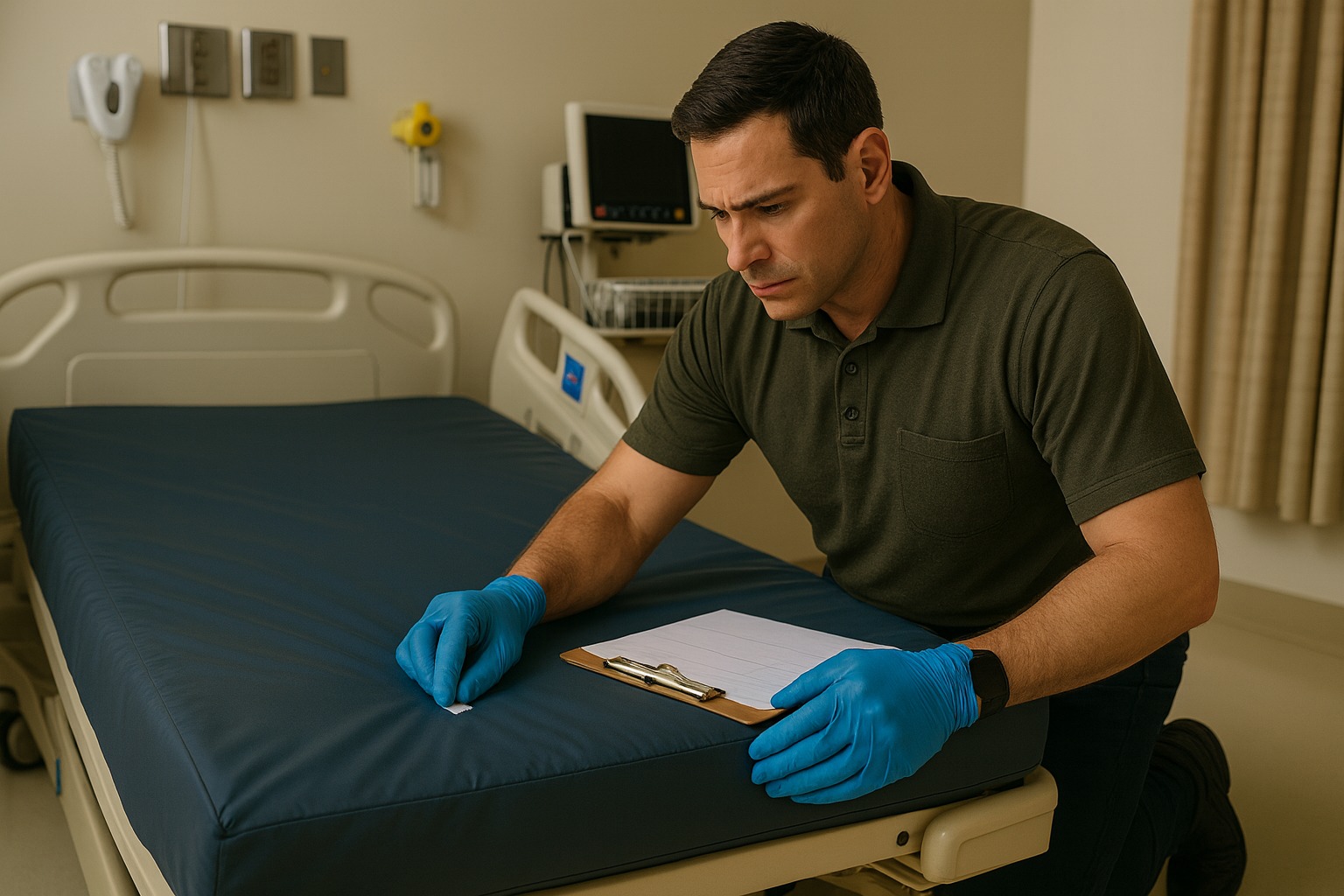
In the ever-evolving landscape of healthcare, the importance of effective and efficient equipment maintenance cannot be overstated. For facilities managers, procurement managers, and healthcare technology management professionals in hospitals, the decision between Original Equipment Manufacturer (OEM) services and OEM-neutral (also known as Independent Service Organizations or ISOs) maintenance providers is crucial. This article delves into the benefits of partnering with OEM-neutral service providers for hospital bed and stretcher maintenance, highlighting how this approach can significantly reduce costs and improve service quality.
- Unbiased Interest in Hospital Needs
OEM-neutral service providers stand out for their unbiased commitment to the hospital’s best interests. Unlike OEMs, which may push for new equipment sales rather than cost-effective repairs, ISOs focus on extending the lifespan of existing devices. This approach aligns with the financial and operational goals of healthcare facilities, ensuring that investments in medical equipment yield the maximum possible returns.
- Incentivization Towards Cost-Effectiveness
OEMs may not always be incentivized to keep repair costs low, often preferring module-based repairs. These repairs, while less training-intensive for technicians, are typically more costly. In contrast, ISOs tend to favor component-based repairs, which are often more economical and environmentally sustainable, reducing landfill waste.
- Simplification of Contracting and Service Management
Working with an OEM-neutral provider simplifies the contracting process. Facilities can cover all their hospital beds and stretchers under one contract with a single point of contact, streamlining service management, and reducing administrative burdens.
- Enhanced Technician Expertise
Technicians employed by ISOs usually have experience working on a variety of makes and models, giving them a broader skill set and the ability to handle unique or unusual repairs. This versatility is often lacking in OEM-specific technicians, who typically specialize in only one brand.
- Customized Service Offerings
Unlike OEMs, ISOs often provide customized services that go beyond basic repairs. These can include moving beds to different locations for service, managing ancillary equipment like IV poles, over-bed tables, and mattress pumps, and more. Such flexibility ensures that all aspects of hospital bed maintenance are adequately addressed.
- Balancing Capital Asset Sales and Service Sales
OEMs often face a conflict between selling new capital assets and offering services. In contrast, ISOs prioritize their service offerings, focusing on the quality and value of maintenance services rather than pushing for new equipment sales.
- Cross-Department Strategies
ISOs are more likely to help solve issues by addressing the root of the problem, many of which stem from improper training. As a value provider, ISOs can help ensure processes and training reach the various departments involved with hospital beds from nursing, to EVS and transportation.
- Quality of Services and Accountability
With a dedicated focus on service rather than sales, ISOs often provide a higher quality of service. They are more accountable to their hospital clients, as their business relies heavily on the reputation they build through effective service delivery. This accountability drives a commitment to quality that can be lacking in OEM-provided services.
- Reducing Environmental Impact
The component-based repair approach favored by ISOs not only saves costs but also aligns with sustainable practices. By repairing individual components instead of replacing entire modules, ISOs contribute to reducing electronic waste, a growing concern in the healthcare industry.
Conclusion: A Paradigm Shift in Equipment Maintenance
In summary, the shift towards OEM-Neutral service providers represents a strategic move for hospitals looking to optimize their bed and stretcher maintenance programs. This approach offers a blend of cost-effectiveness, quality service, and environmental sustainability, aligning closely with the evolving needs of modern healthcare facilities. As the industry continues to navigate the challenges of balancing cost with quality care, the role of ISOs in hospital equipment maintenance is becoming increasingly pivotal, marking a paradigm shift in how hospitals approach the maintenance of their essential equipment.








